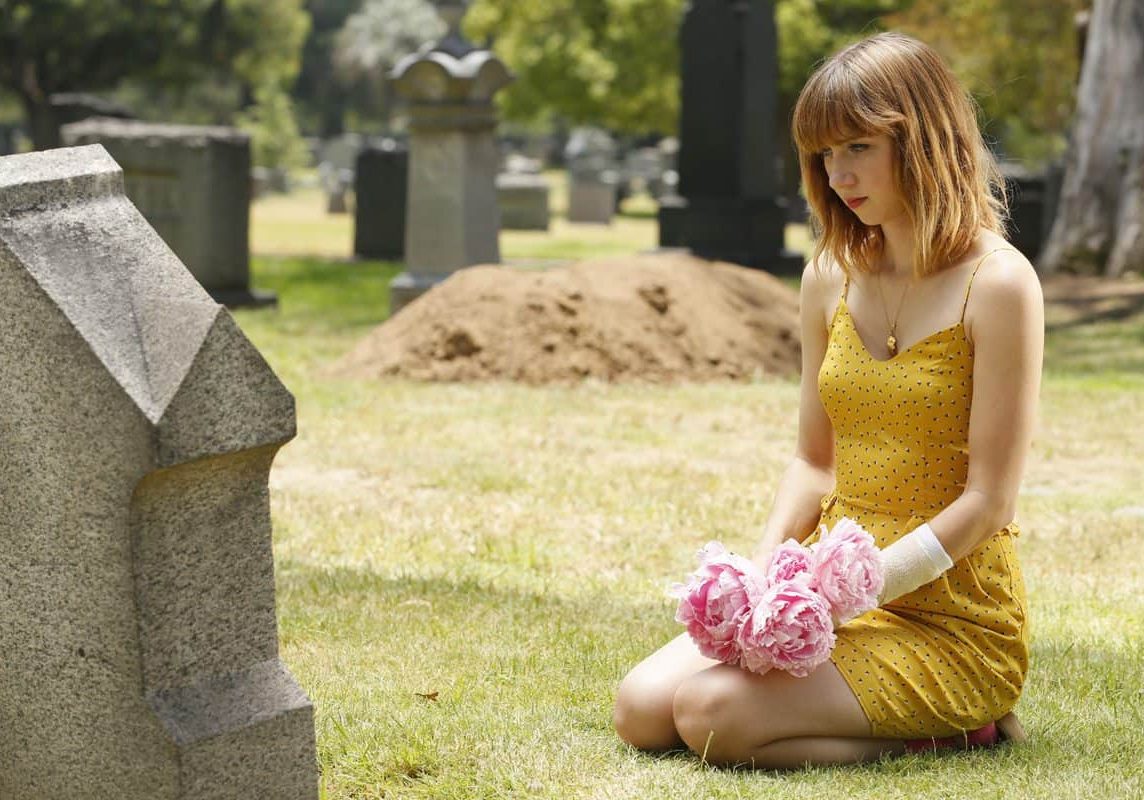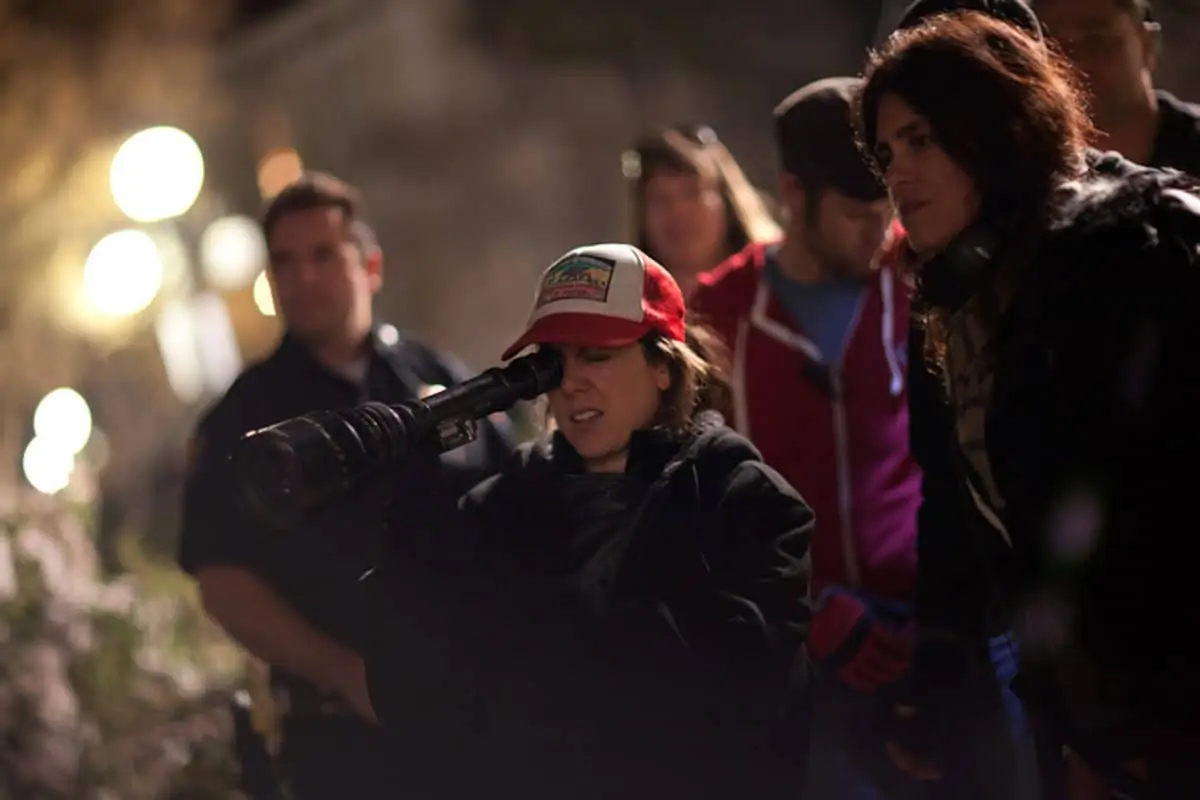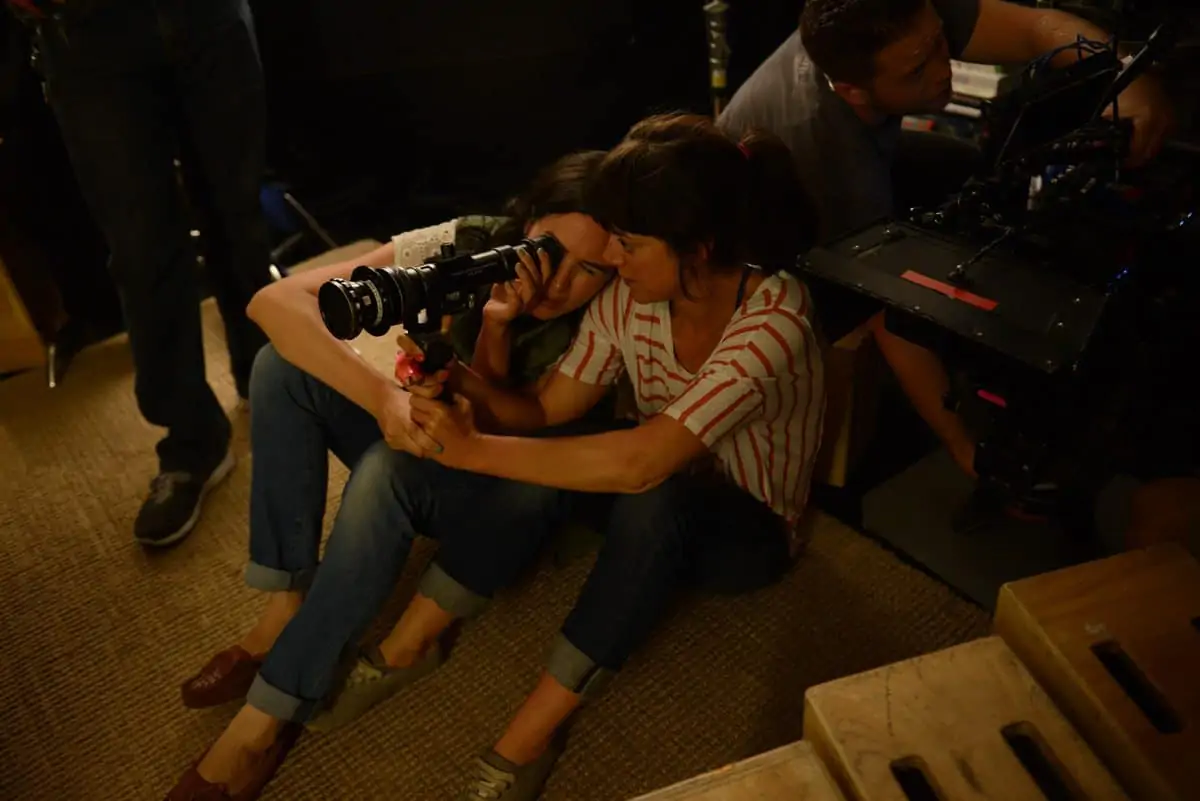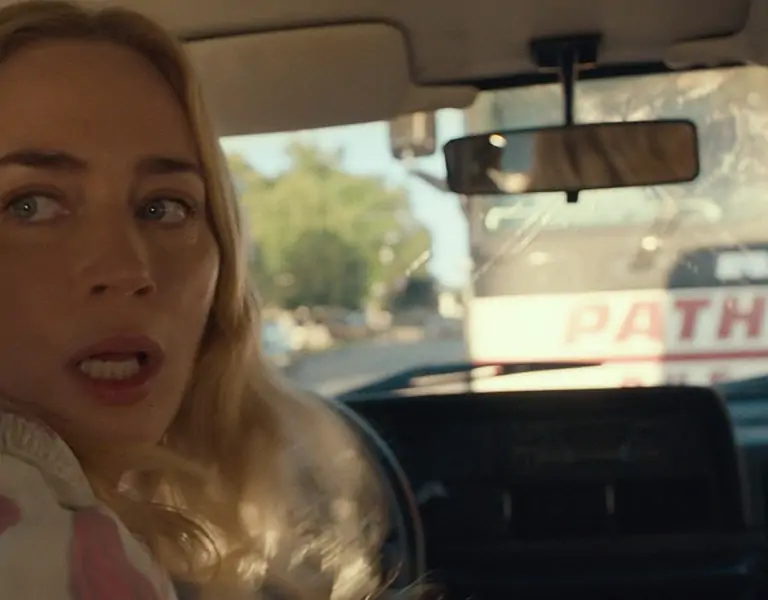Double Act
Polly Morgan / The truth about Emanuel and The Pretty One

Double Act
Polly Morgan / The truth about Emanuel and The Pretty One
British Cinematographer Magazine last heard from Polly Morgan as she was readying for her first feature, Junkie (2012). Since then she’s shot a handful of commercials and music videos, lensed seven features and some television shows, including additional photography on the second season of the wildly popular American Horror Story.
“When I was a PA at the commercial division of Scott Free,” Morgan reminisces, “someone asked what I wanted to do with my life. I said I wanted to be a cinematographer and they told me that it’d likely take a decade to ‘make it.’ I thought that couldn’t possibly be true, but it turned out it was.”
And in those ten years – six of which she worked as an assistant – she was able to study under Wally Pfister ASC, Haris Zambarloukos BSC and Caleb Deschanel ASC. She started off as a production assistant and moved up to camera assistant fairly quickly. But because she felt the days of working one’s way up the ladder and getting the chance to shoot were bygone, she decided to attend American Film Institute in Los Angeles in 2008.
“I think being on-set is an amazing place to learn,” she says. “And getting on-set in any way you can as a newcomer is important. But people moved up quicker than they do these days, and being an assistant you’d get moved up along just as quickly. But because of new technology it’s been much easier for people just starting out at the bottom to just grab a camera and teach themselves how to shoot. So they don’t end up going through that apprenticeship phase. Also, it’s so decentralised and you don’t have an enclosed community anymore. You’re core group of people that you can apprentice with aren’t all in London or all in Hollywood or New York City – you have to go to New Orleans, Atlanta, Budapest, wherever.”

Zambarloukos gave Morgan her first opportunity of slating when she was a runner on a music video 12 years ago. She then went on to work with him as a loader and AC on commercials for the next six years.
“He has always been a great inspiration to me and was the one who encouraged me to leave the UK and study at AFI,” says Morgan.
Her other mentors include Pfister and Alwin Kuchler BSC, whom she met when she was an AC and worked with him as an assistant both in the UK and Canada, and has since worked with him as an operator and second unit DP.
“I remember Alwin telling me to go for what I wanted and not to settle for second best. And then when I was getting my MFA in cinematography at AFI, I got to assist Wally for two years, working on Inception and many commercial projects. He also gave me the opportunity to operate on his commercials and has been a fantastic resource. He taught me to tell people what I needed and how to manage my crew. Watching him closely has been a massive learning tool for me.”
"There were these massive underwater elements and big night exteriors; all kinds of things to sink my teeth into."
- Polly Morgan
In 2012, Morgan shot two independent features – The Truth About Emanuel and The Pretty One – both of which have been well received at film festivals like Sundance, Tribeca and South By Southwest, with both receiving distribution and premiering this January and February, respectively.
“Emanuel was a very exciting script visually,” says Morgan about the Francesca Gregorini-helmed drama, starring Kaya Scodelario (Skins) and Jessica Biel. “There were these massive underwater elements and big night exteriors; all kinds of things to sink my teeth into. But more importantly, the emotional context of the story was there and concerned a really introverted teenage girl and how she views the world and the people around her. It is really dark, but it’s also in a very non-traditional coming of age story.”
Morgan had to be brave with their coverage, as they had such a limited time to get what they needed – only four weeks. They often didn't even get individual coverage all the characters in a scene (much to their confusion and dismay) because they knew what was important and how the story was going to be told.
“We really wanted to be intimate with Emanuel and at times we knew that the other characters were only peripheral,” says Morgan. “So I was very conscious of how I was moving the camera, what height it was at and what lenses I was on. It was quite nerve-racking at times, having very few medium shots and being very close to the actors. But it gave us the claustrophobic feeling we were going for.”

The Pretty One, a dramedy by first-time feature writer-director Jenée LeMarque with a tragic first act that opens up to be sweet, charming and funny, takes its audience on an emotional ride of loss, love and personal discovery with the main character, Laurel, played by Zoe Kazan. The cinematography reflects Laurel’s personal growth and discovery with a blossoming of visual technique.
“I started with a de-saturated palette,” explains Morgan, “and wider lenses making the world feel drab, bare and making Laurel look slightly plain and quirky. As she finds herself her world is filled with brighter colors and she becomes more confident and beautiful. I used longer lenses for that effect.”
Morgan shot The Pretty One on the ARRI Alexa, as she did with Emanuel, but paired old technology – Super Baltar lenses from the late 1950s – in order to create a visceral world, an emotional place where there are imperfections and texture. And Morgan felt that the soft and timeless feel of film could be captured by using vintage glass.
“With the higher resolution cameras I think in a way people are missing the more organic quality that film cameras and older lenses produced,” Morgan posits. “Master Primes on an Epic deliver a very crisp and sharp image – and it’s beautiful and there is so much information there – but the aesthetic that an old lens will give you with certain focus falloffs and idiosyncrasies, that’s really special.
“The wonderful thing about cinematography is that it is a craft and skill that is ever-evolving,” she continues. “My education never stops. I've had great people help me and now I'm in a position where I’m able to pay it back to those reaching out for help and advice.”







